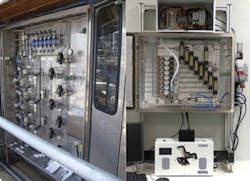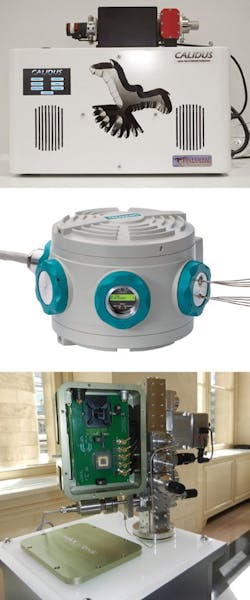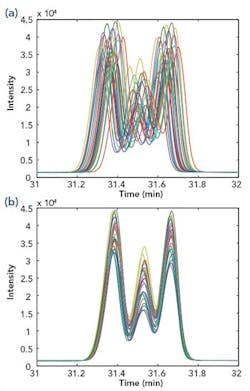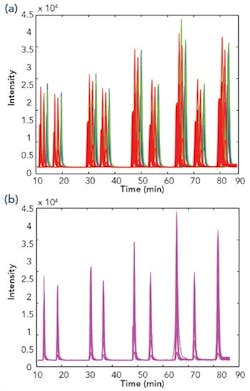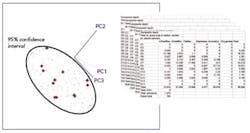Chemical companies are striving for more complete and reliable process control information to tighten adherence to product specifications, reduce waste and identify areas ripe for process improvement. This is spurring a drive to build more capable and agile process instrumentation and, with it, recasting the role of instrumentation in production.
The last ten years have seen a flurry of development activity — much of it driven directly or indirectly by the New Sampling/Sensor Initiative (NeSSI), a 15-year-old effort sponsored by the Center for Process Analysis and Control (CPAC) at the University of Washington, Seattle. NeSSI was born with the mission to standardize and miniaturize sampling systems to make them less expensive to deploy and able to fit in more-space-restrictive environments. This brings the instrument systems closer to the process by minimizing distance between analyzer and process. In turn, making the instruments faster markedly improves the potential of a timely response.
Figure 1. Conventional sampling system (left) commands 10 times the floor space and 100 times the volume of compact NeSSI assembly. Sources: Exxon, Amyris.
Figure 2. Small-format gas chromatographs now are available from a number of vendors. Sources: APIX, Falcon, Siemens.
Figure 3. Over a 5-yr period, six different GCs produced these raw chromatograms (a) but software gave aligned chromatograms (b). Source: Chevron ETC.
Figure 4. Before (a) and after (b) results show the impact of alignment software on three similar new GCs.
Figure 5. Tried-and-true multivariate analysis assessed a series of detailed reports on winter-grade gasoline.
BRIAN G. ROHRBACK is president of Infometrix, Inc., Bothell WA. E-mail him at [email protected].
REFERENCES
1. Dye, T., "Update of NeSSI Market Status and SMART Module (SAM)," CPAC, Univ. of Washington, Seattle (May, 2010), http://depts.washington.edu/cpac/Activities/Meetings/Spring/2010/agenda.html
2. Gunnell, J., "History and Overview of NeSSI," CPAC, Univ. of Washington, Seattle (November, 2008), http://depts.washington.edu/cpac/Activities/Meetings/Fall/2008/agenda.html
3. Chrisensen, J. H., Tomasi, G. and Hansen A.B., "Chemical Fingerprinting of Petroleum Biomarkers using Time Warping and PCA," Environ. Sci. Technol., 39, p. 255 (2005).
4. Dubois, R. N., van Vuuren, P. and Gunnell, J. J., "NeSSI (New Sampling/Sensor Initiative) Generation II Specification," CPAC, Univ. of Washington, Seattle (2003).
5. Dubois, R. N., Novak, D. and van Vuuren, P., "Process Analytics: are there dinosaurs among us?", CPAC, Univ. of Washington, Seattle (November, 2010), http://depts.washington.edu/cpac/Activities/Meetings/Fall/2010/documents/DuboisetalCPACdinosaursNov2b2010.pdf
6. "New Sampling/Sensor Initiative," http://cpac.apl.washington.edu/story/NeSSI%E2%84%A2
7. "Process Analytical Systems: A Vision For The Future," http://depts.washington.edu/cpac/NeSSI/2_IFPAC_2000/VisionPaper_IFPAC2000.doc
8. Rechsteiner, C. A., Jr., Ramos, L. S., Rohrback, B. G. and Crandall, J. A., "Towards a More Robust Process GC," Proceedings of the Instrument Society of America — 53rd Analysis Division Symposium, Session 4, Paper 2, ISA, Research Triangle Park, NC (April 2008).

